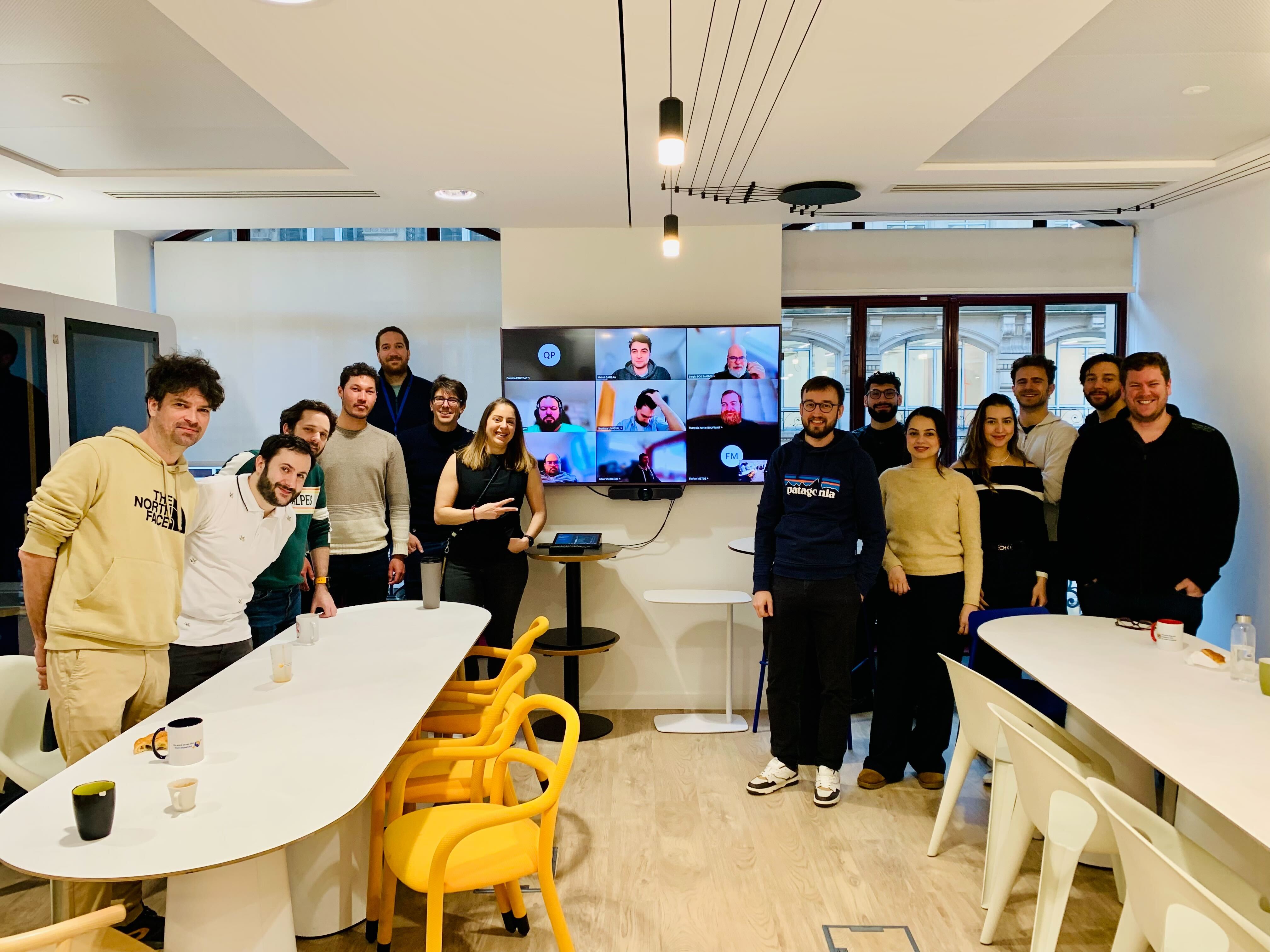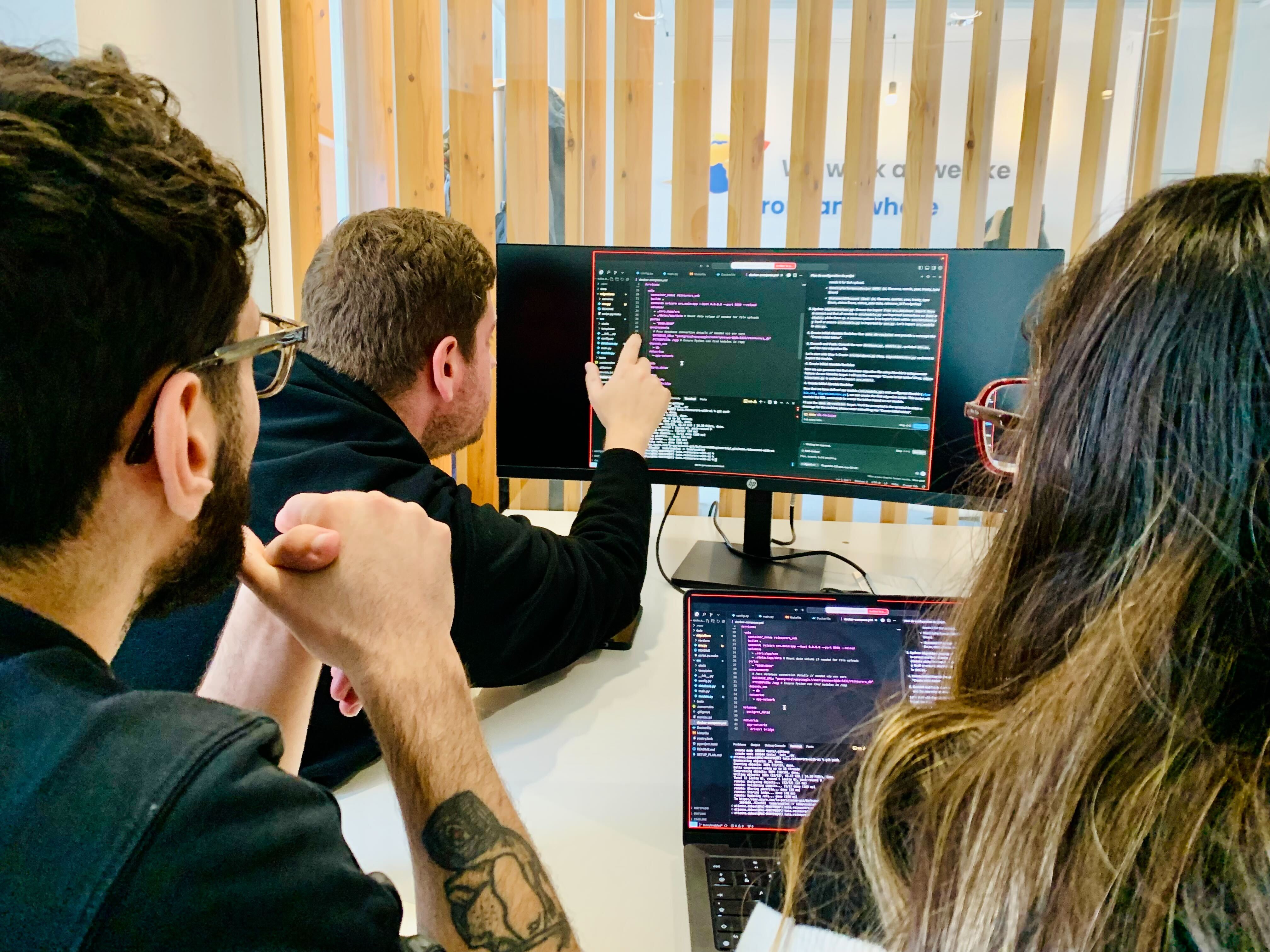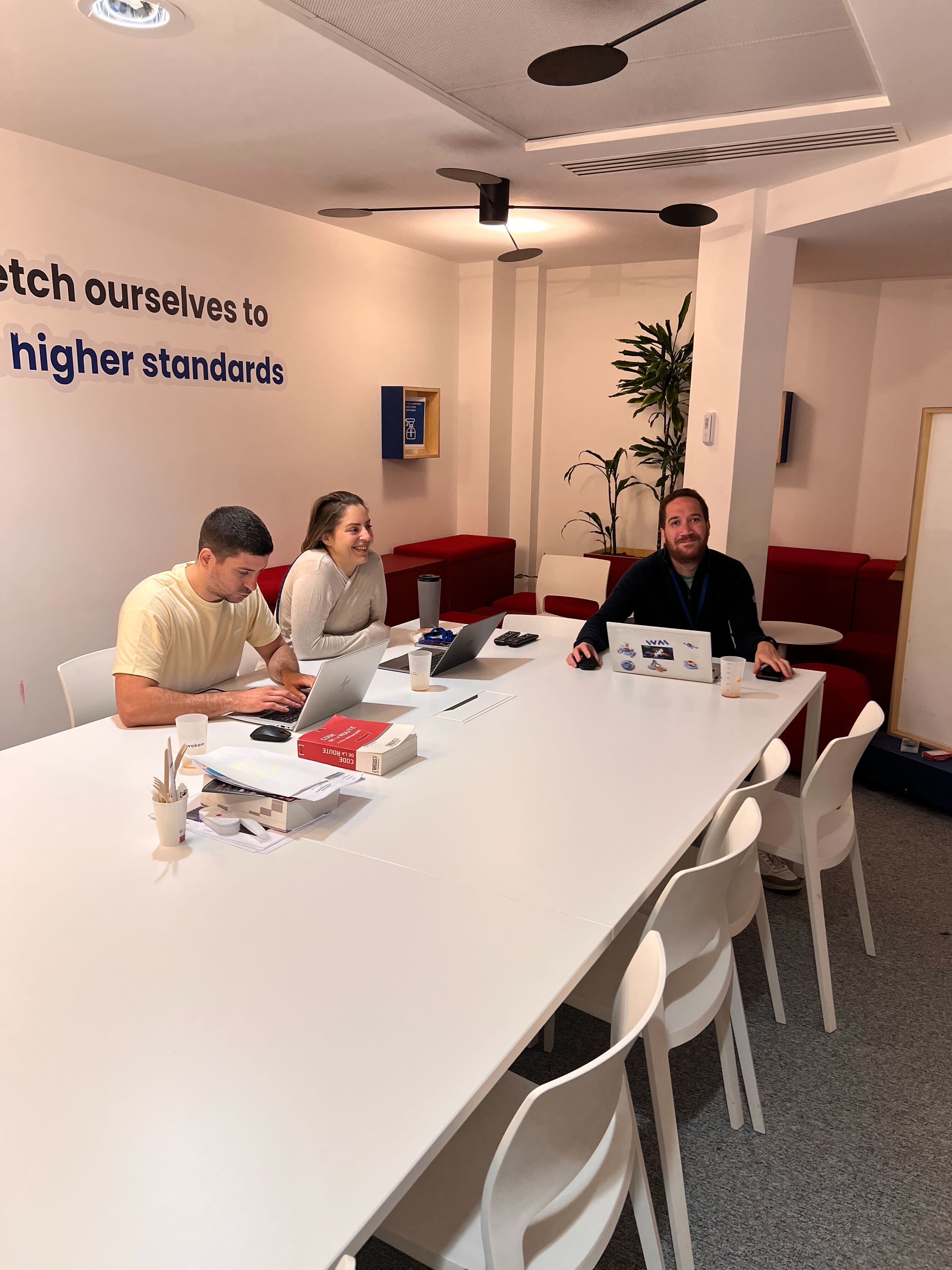Nowadays, AI-assisted development is at the center of attention. More and more code is being generated by artificial intelligence. To the point where we can already see the first changes, sometimes profound, in the way we work.
If we believe the latest study from the DORA program, specifically dedicated to this field, this phenomenon will likely accelerate, with $1 trillion in projected investment over the coming years.
This new technology promises us many things, but at what cost? In this same study, we learn, among other things, that delivery performance seems to be negatively impacted.
Isn’t this the eternal balance to be found between productivity gains and software entropy?
How can teams integrate AI into their development? We organized a kata to find out.
At Wakam, we brought together all of our tech professionals for an immersive AI-assisted development experience. Here’s what we learned…

Why did we do this?
Faced with the rapid evolution of AI-assisted development practices, we observed a disparity in adoption within our teams. Some colleagues had already embraced these new methods, others not at all.
Our objective was threefold:
- Put everyone on an equal footing to explore the possibilities together
- Evaluate this approach compared to our current low-code/no-code tools
- Not be left behind in the face of a trend that is rapidly transforming our profession
What did we do?
We organized a development kata with the goal of (re)creating an application for our reinsurers and treaty managers, allowing them to consult and administer performance reports and account statements.
The main rule? 100% of the code had to be generated by AI, with only human micro-adjustments allowed.
Each team adopted a different approach:
- Some invested time in configuring their environment and AI agent, prioritizing control at the expense of short-term functionality
- Conversely, others submitted the entire brief to the AI in one go
The technologies used were primarily Cursor with Claude 3.7 Sonnet as the LLM.

What did we achieve?
The results were impressive:
- 3 teams managed to implement all the basic functionalities plus some bonus features
- 100% of the code was generated by AI as planned
- The exercise generated a lot of emulation and enthusiasm
What do we conclude?

This experience revealed two facets of AI-assisted development:
On one hand, we were impressed by:
- The speed of development
- The minimal effort required to obtain a functional application
On the other hand, we observed a phenomenon of accelerated entropy, identified by:
- A tendency for teams to lose track of what was being produced
- A rapid loss of control over the code and architecture
- Rapidly degrading maintainability
- Sometimes very questionable architectural choices
How do we move forward with this?

We identified two possible approaches to integrating AI into our development:
1️⃣ Maintain control over what is produced:
- Proceed in small iterations
- Requires a strong Agile and excellence culture (Craft, DevOps)…
- …and apply its best practices to the code agent
2️⃣ Give almost total freedom to the assistant, similar to “vibe coding”:
- Focus solely on specifications
- Gain velocity in the short term
- Deal with an increased risk of regressions
- Rely on code rollback mechanisms
- Take into account technical limitations (context size, for example)
Our conviction is that we need to stay constantly in motion on this subject, balancing experimentation and caution, to not be subjected to but rather drive this transformation of our professions.
This kata is just a first step. We plan to regularly organize such exercises to follow the evolution of tools and practices, and thus stay current with what AI-assisted development can offer. We also emphasize training and conferences to complete the framework.